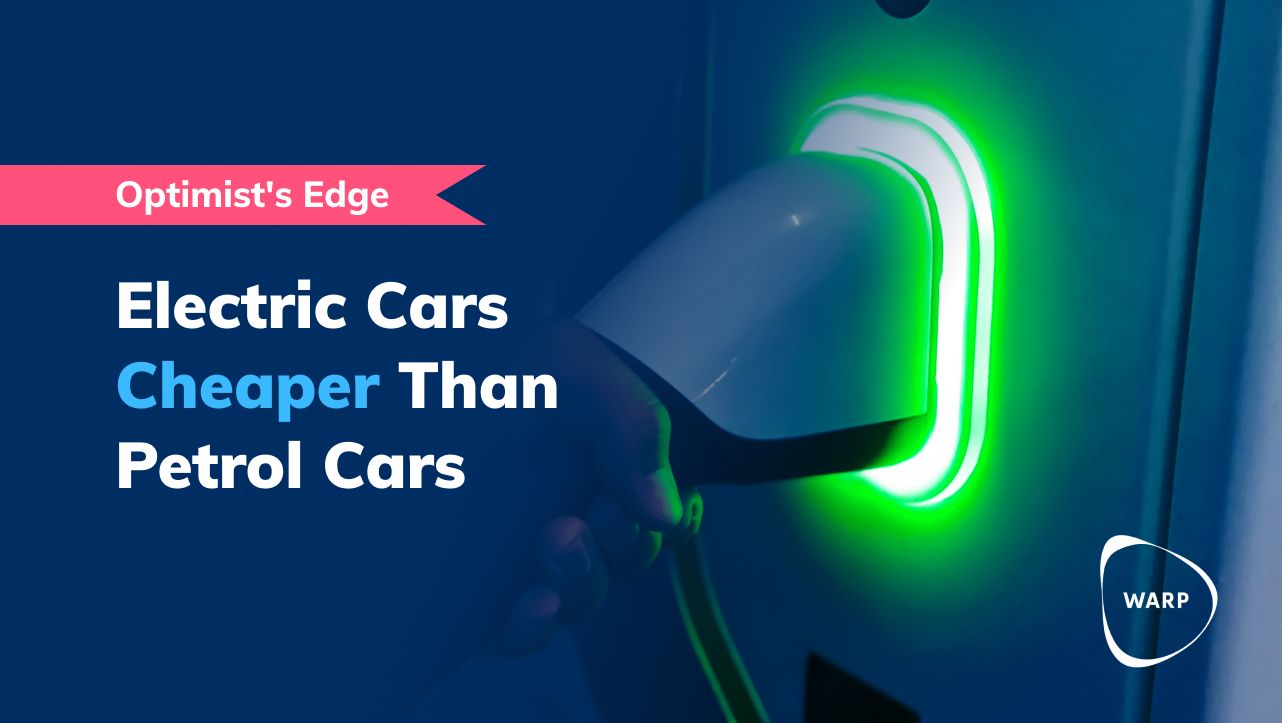
🚗 IEA: Electric cars as affordable as gasoline cars by 2025 (but we already knew that)
IEA believes that small electric cars will soon be cheaper to buy than their gasoline counterparts. But for another category, they think it will take many more years.
Share this story!
By the mid-2020s, electric cars will cost the same to buy as their gasoline counterparts, according to a new report by the International Energy Agency (IEA).
"Our current expectation is that we can see price parity in small and medium-sized electric cars in North America and European markets somewhere in the mid-2020s," says Timar Guell from IEA.
The reason is increased sales of electric cars. Last year, 10 million electric cars were sold, and IEA believes that number will increase to 14 million this year.
This means that the share of electric cars in the total car market has increased from about 4 percent in 2020 to 14 percent in 2022 and will rise further to 18 percent this year.
If you read Warp News, you already knew that
Readers of Warp News already knew that we would reach price parity in the mid-2020s. We wrote about it three years ago:
The declining battery costs will make electric cars cheaper to buy 2025.
That's the advantage of reading Warp News and being a Premium Supporter. We looked past all the negative headlines about how expensive electric cars are and focused on what was really happening.
However, IEA believes we will have to wait until the 2030s for larger cars like SUVs and pick-ups to become as affordable as their gasoline counterparts.
I doubt it will take that long. We already see that Tesla's Model Y, a slightly larger car, is very close to price parity, if it's not already there. In the US, an AWD Y costs $39,490.
Despite electric cars quickly becoming cheaper, IEA believes that only 60 percent of new car sales in 2030 will be electric cars. I think the number will be closer to one hundred percent. Few are foolish enough not to buy a car that is better and cheaper.
Big impact on oil demand
The increased sales of electric cars mean that five million fewer barrels of oil will be needed every day by 2030.
But since IEA is likely too pessimistic in its forecast, it could be a few million barrels more per day.

Mathias Sundin
The Angry Optimist
By becoming a premium supporter, you help in the creation and sharing of fact-based optimistic news all over the world.



